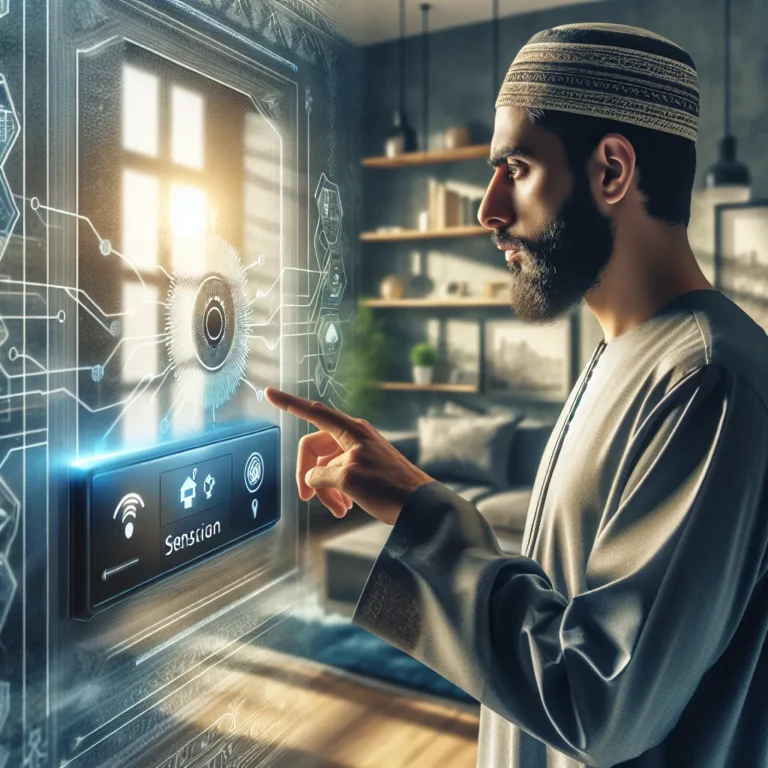
The article "Enhancing User Experience: The Role of Sensing Technology in Modern Devices" delves into the significant impact of sensing technology on user experience, highlighting its role in revolutionizing interactions with technology. It covers the wide range of capabilities of sensing technology, including biometric recognition, environmental sensing, and motion detection, and their contributions to user convenience, security, and comfort. The integration of sensing technology in various industries, such as healthcare and automotive technology, is discussed, shedding light on its transformative applications. The article also emphasizes the limitless potential for further enhancing user experience as sensing technology continues to advance, ultimately fostering a more intuitive and user-centric technological landscape. The companion piece, "The Evolution of Sensing Technology: From Conventional to Advanced Applications," provides a comprehensive overview of the progression of sensing technology, from its conventional limitations to the emergence of advanced applications that have revolutionized interactions with the environment. It underscores the remarkable journey of sensing technology, from its initial confined tasks to its current sophisticated capabilities, arming the reader with a deeper understanding of the foundation and evolution of sensing technology. Both articles collectively offer a compelling insight into the pivotal role of sensing technology in modern devices and the profound impact it has on user experience, making them essential reads for anyone interested in understanding the transformative power of modern technology.

The article "Infrared Sensors: Revolutionizing Remote Sensing" explores the profound impact of infrared sensors on remote sensing applications across various industries. By detecting and measuring infrared light emitted by objects, these sensors enable non-intrusive and precise monitoring of temperature variations, motion detection, and gas analysis, significantly enhancing efficiency and accuracy in fields such as environmental monitoring, industrial automation, and medical diagnostics. Furthermore, the integration of infrared sensors in unmanned aerial vehicles and satellites has expanded our capacity for environmental surveillance and disaster response, contributing to a deeper understanding of the Earth's ecosystems. The article emphasizes the pivotal role of infrared sensors in shaping the future of remote sensing and expanding our knowledge of the world around us, making it a must-read for anyone interested in the latest advancements in sensor technology.

The article "Revolutionizing Healthcare: The Impact of Advanced Sensing Technologies" explores the transformative role of advanced sensing technologies in the healthcare industry, emphasizing the benefits of wearable devices, biosensors, and remote monitoring systems. It highlights how these innovations enable real-time monitoring, early detection of health issues, and proactive intervention, ultimately empowering individuals to take control of their health. The integration of data analytics and artificial intelligence with sensing technologies has revolutionized healthcare delivery, enabling personalized medicine and improved patient outcomes. Furthermore, the article touches upon the future of medical sensing, discussing the potential of wearables, implantable sensors, AI, and non-invasive monitoring in driving further advancements in healthcare. Overall, it provides a comprehensive overview of the monumental impact and promising future of advanced sensing technologies in healthcare, making a compelling case for readers to delve into the full article.

The article explores the pivotal role of advancements in sensing technologies in driving the development of autonomous vehicles. It highlights the significant progress in LiDAR, radar, and camera systems, which provide essential data for perceiving and interpreting the vehicle's surroundings. The integration of advanced sensor fusion algorithms has further improved the overall perception capabilities of autonomous vehicles, enhancing their ability to navigate urban environments and challenging road conditions. Additionally, the growing focus on the development of solid-state LiDAR promises to further improve the reliability and scalability of sensing technologies for autonomous vehicles. Overall, the continuous innovation in sensing technologies is bringing us closer to a future where safe and efficient self-driving vehicles are a reality, making the article a compelling read for those interested in the latest advancements in autonomous driving technology.

The article "Innovative Sensing Solutions for Environmental Monitoring" highlights the crucial role of advanced sensing technologies in environmental monitoring. It discusses the impact of miniaturized sensor technologies, remote sensing techniques, and data analytics systems in providing real-time data collection for environmental assessments. The integration of these innovative sensing solutions offers comprehensive insights into environmental changes and enables timely interventions, making a significant leap in our ability to protect the environment. Furthermore, the article "Advancements in Environmental Sensing Technologies" emphasizes how these solutions have revolutionized environmental monitoring by gathering real-time data on various parameters and enhancing accuracy and efficiency. It also discusses the development of cost-effective sensor devices, the integration of IoT principles, and the use of cloud computing and big data analytics in processing vast amounts of environmental data. The comprehensive coverage and real-time insights provided by these technologies make them a valuable asset for understanding and protecting the environment.





